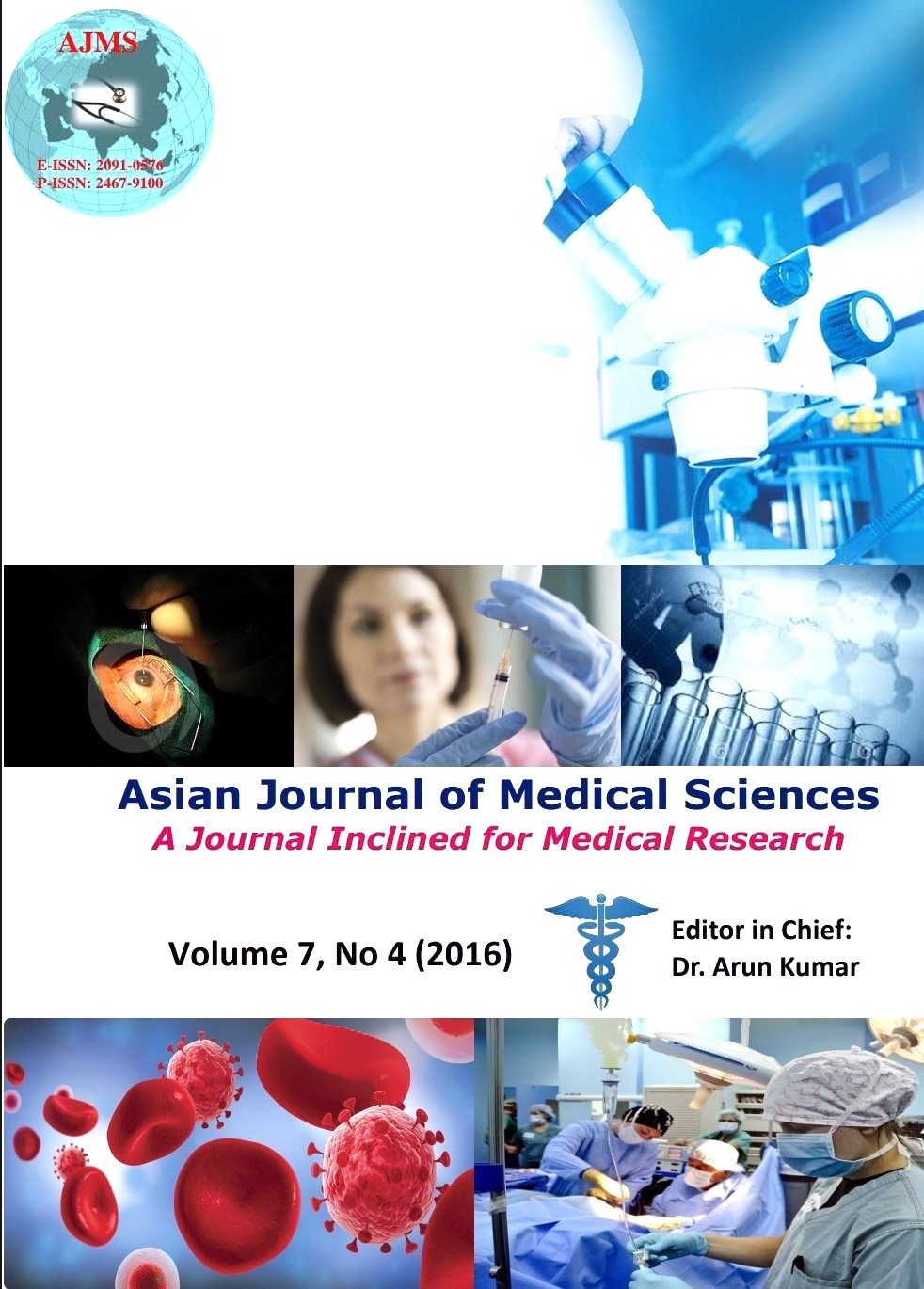Unusual case report of an intraspinal foreign body presenting as a meningocoele
Keywords:
Lumbosacral swelling, Foreign body, PseudomeningocoeleAbstract
Background: Non missile penetrating foreign body of the lumbo-sacral region presenting as a pseudomeningocele is an extremely rare condition. No significant data regarding this isavailable in our hand till date. We are reporting here a unique case of penetrating foreign body spine with pseudomeningocele presenting as lumbo-sacral swelling in a 1 ½ year old child.
Case Description: A 1½ year male child presented with painless, low back midline swelling gradually increasing in size for 6 months. Swelling increased in size on crying and coughing. There was no external scar mark. Plain radiography revealed presence of a long slender radio-opaque foreign body in the spinal canal. Non- contrast computed tomography showed that the foreign body had penetrated the spinal canal at the level of L5 – S1 with a cystic space of CSF attenuation overlying it and extending into subcutaneous plane. Patient was explored through a transverse incision overlying the swelling. After opening the sac, the foreign body was found impacted between L5 and S1 lamina with CSF around the foreign body. The foreign body, a sewing needle was retrieved without disturbing its original trajectory. The narrow neck of sack was communicating with the spinal canal through a small dural defect which was closed and the sac was excised.
Conclusion: A careful and meticulous approach is required from the surgeons point of view while taking a history, clinically assessing and performing surgery for patients presenting with acquired spinal swelling with such a unique etiology.
Asian Journal of Medical Sciences Vol.7(4) 2016 94-97
Downloads
Downloads
Published
How to Cite
Issue
Section
License
Authors who publish with this journal agree to the following terms:
- The journal holds copyright and publishes the work under a Creative Commons CC-BY-NC license that permits use, distribution and reprduction in any medium, provided the original work is properly cited and is not used for commercial purposes. The journal should be recognised as the original publisher of this work.
- Authors are able to enter into separate, additional contractual arrangements for the non-exclusive distribution of the journal's published version of the work (e.g., post it to an institutional repository or publish it in a book), with an acknowledgement of its initial publication in this journal.
- Authors are permitted and encouraged to post their work online (e.g., in institutional repositories or on their website) prior to and during the submission process, as it can lead to productive exchanges, as well as earlier and greater citation of published work (See The Effect of Open Access).




